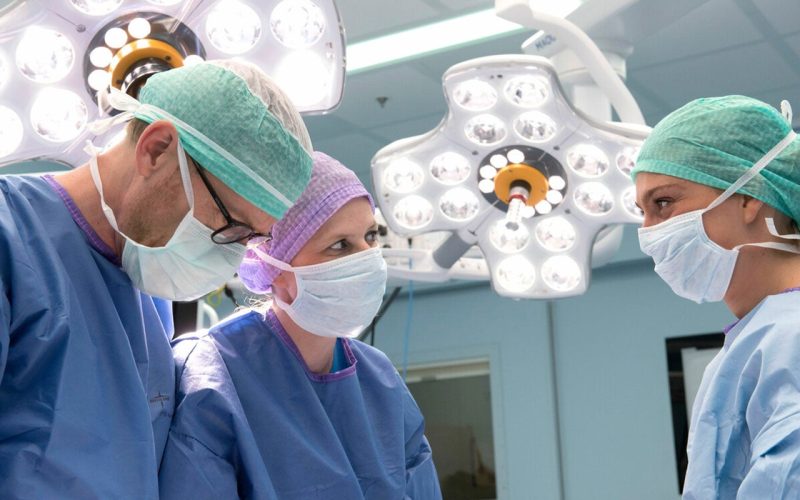The national stroke consortium CONTRAST-2 is receiving four million euros from the Heart Foundation and the Brain Foundation. The consortium is committed to improving care for stroke patients. Researchers from UMC Utrecht are leading three projects within this consortium.
Every year, about 40,000 people in the Netherlands end up in hospital due to a stroke. The most common type of stroke is a brain infarct, but a stroke can also be a brain hemorrhage. About half of stroke patients remain severely disabled or die. And this number is expected to increase significantly in the coming years due to an aging population.
When treating a brain infarct, every second counts, because brain tissue dies if it does not receive oxygen. Specialists are increasingly successful in treating brain infarcts, but there is still room for improvement. For example, it is still unclear which treatment is best for a patient. Also, treatment options for cerebral hemorrhage are still very limited.
In previous studies of the CONTRAST consortium, radiologists, neurologists, neurosurgeons and researchers worked closely together. This already led to improvements in acute treatment of stroke. In this follow-up phase, rehabilitation physicians and other specialists are also joining in. At UMC Utrecht, Mervyn Vergouwen, Bart van der Worp and Rick Dijkhuizen are leading a project, together with colleagues from other UMCs.
Neurologist Mervyn Vergouwen of UMC Utrecht, together with neurosurgeon Jeroen Boogaarts of the Radboudumc, is leading a project focused on “subarachnoid hemorrhages. These are bleedings between the meninges that occur when a bulge in the wall of a brain artery (a brain aneurysm) snaps. “To prevent a brain aneurysm from snapping again, it is important to treat the aneurysm quickly,” says Mervyn. One way to do this is to fill the aneurysm with a platinum coil via a catheter in the groin (“endovascular coiling”). In recent years, the industry has developed various other methods for this treatment via the groin, such as so-called WEB devices or flow-diverting stents. Mervyn: “We are going to properly investigate the safety of these different methods, with about a thousand patients spread over nine centers in the Netherlands.”
A brain infarct occurs when a blood clot occludes one of the arteries in the brain. Doctors can remove such a clot in some patients with a catheter they insert through the groin. Some of these patients recover well afterward, but about half of all patients die or remain dependent on the help of others. What causes some patients to recover well and others not? Utrecht neurologist Bart van der Worp, together with interventional radiologist Bart Emmer of the Amsterdam UMC, is leading a project to investigate that. “Among other things, we are going to collect data on what the blood vessels, blood clot and brain tissue of these patients look like, how the patients were treated and how well they recover,” Bart says. “That way we hope to eventually be able to give advice on how best to treat the patient to maximize the chances of a good recovery.”
Neurobiologist Rick Dijkhuizen of UMC Utrecht is leading a project with Ed van Bavel (Amsterdam UMC) that zooms in on secondary brain damage that can occur right after a blood clot is removed. “We are going to investigate in experimental animals what the causes and consequences of these secondary problems are,” Rick says. “We will also test candidate drugs that could potentially protect the brain from this.”
CONTRAST is part of the Dutch CardioVascular Alliance (DCVA). In the DCVA, 22 research and healthcare organizations have joined forces to accelerate solutions for cardiovascular diseases. In addition to the Brain Foundation and the Heart Foundation, ZonMw and Health~Holland are also involved in funding. This large-scale study is a follow-up to earlier research showing that patients recover better and faster if a closed blood vessel is opened quickly. As a result, patients have less brain damage, fewer neurological symptoms and function better in daily life. This led to a new treatment that is now increasingly used worldwide. This is the first time in the Netherlands that so many different disciplines are working together in the field of stroke.
